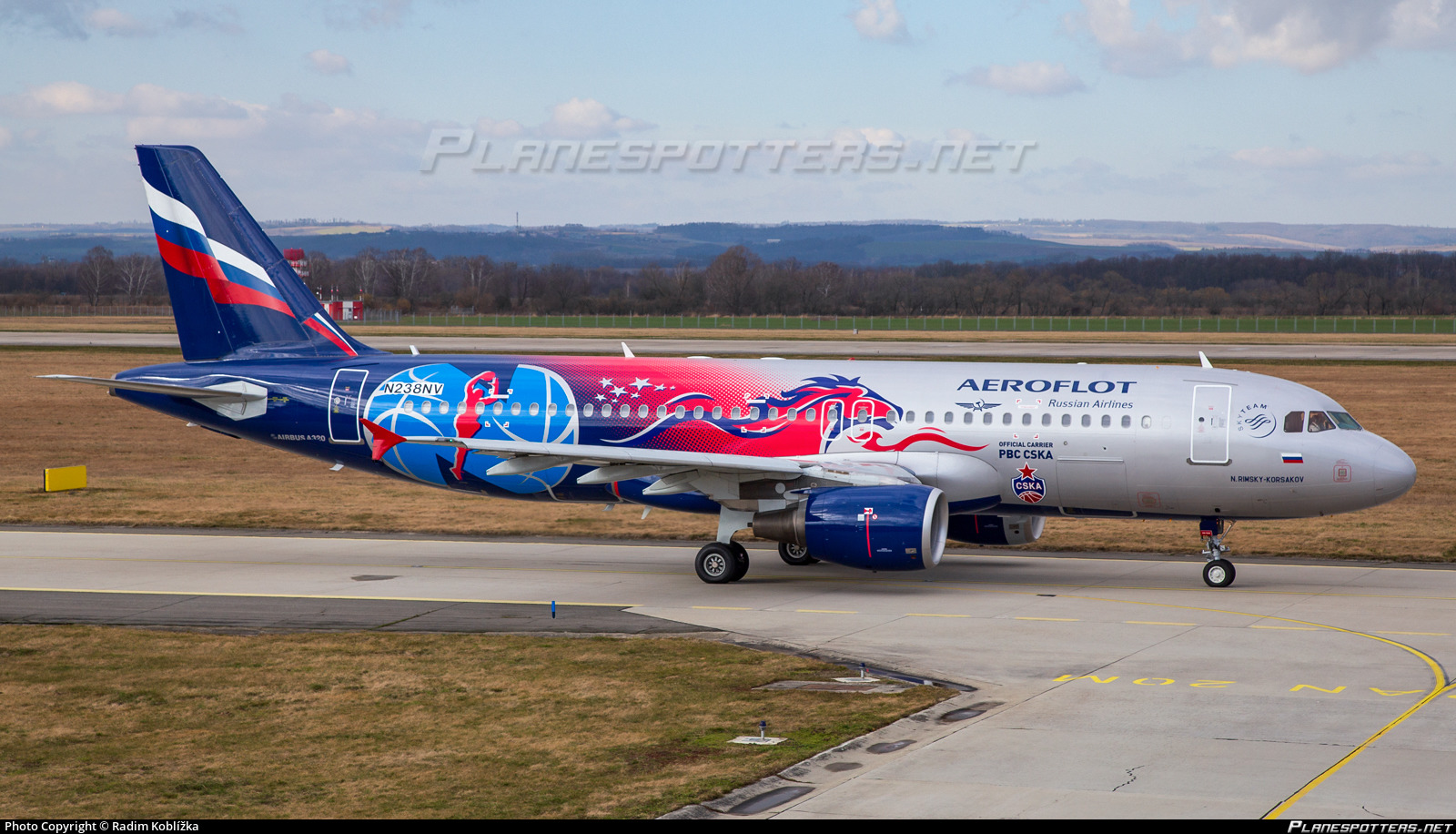
Introduction
Aeroflot, Russia’s flagship airline, plays a crucial role not only in the country’s transport sector but also in the global aviation landscape. Founded in 1923, Aeroflot has become a significant player, representing Russian civil aviation. Its operations and strategies are vital for understanding the impacts of global events, particularly in light of recent geopolitical developments, the rapid evolution of travel regulations, and the ongoing recovery from the Covid-19 pandemic.
Current Operations and Challenges
As of October 2023, Aeroflot operates a modern fleet of around 150 aircraft, servicing over 150 destinations across 56 countries. The airline was significantly affected by international sanctions imposed due to geopolitical tensions following the conflict involving Ukraine. These sanctions led to restricted access to Western aircraft and technology, forcing Aeroflot to adapt swiftly.
In reaction to these challenges, Aeroflot has enhanced its domestic routes, focusing on increasing travel within Russia. This strategic shift has allowed the airline to maintain a presence in the aviation market while navigating restrictions on international flights. Moreover, Aeroflot has sought partnerships with airlines in friendly nations, expanding its reach in Asia, Africa, and the Middle East, while also turning to the State for financial assistance to sustain operations.
Future Outlook
Looking ahead, Aeroflot faces a mixed outlook. Analysts predict a gradual recovery in air travel, particularly for domestic routes, as restrictions ease and consumer confidence returns. However, the airline will need to continue adapting to a changing geopolitical landscape. Industry experts suggest that Aeroflot may need to invest in developing or acquiring new aircraft as Western manufacturers face limitations in servicing Russian needs.
Furthermore, Aeroflot’s commitment to sustainability in aviation is set to be tested as the industry moves towards greener technologies. The airline has faced criticism regarding its environmental policies, and external pressures to align with global sustainability initiatives may influence future strategic decisions.
Conclusion
Aeroflot remains a pivotal entity in the aviation industry, embodying both the resilience and challenges of the Russian transport sector. As the airline navigates a new era marked by geopolitical impacts and evolving public expectations, its strategies will be closely watched by industry observers. The airline’s ability to adapt quickly and effectively could determine its long-term viability and influence in a competitive global market.
You may also like

Exploring the Wonders of Isla Cangrejo in Tenerife

Explore Fuerteventura: The Jewel of the Canary Islands
